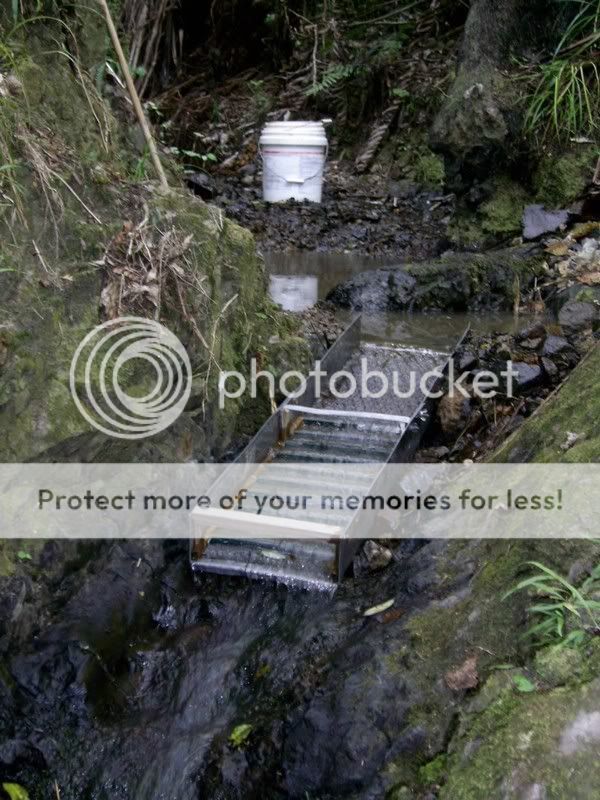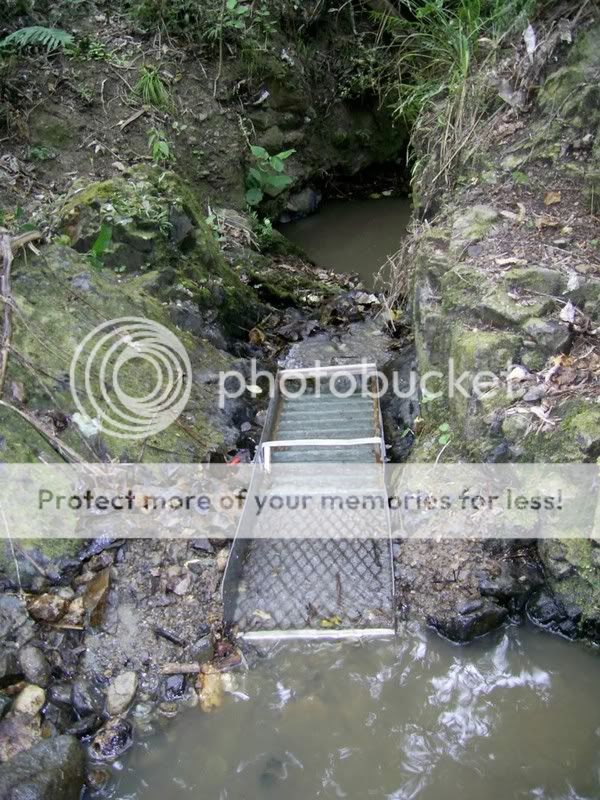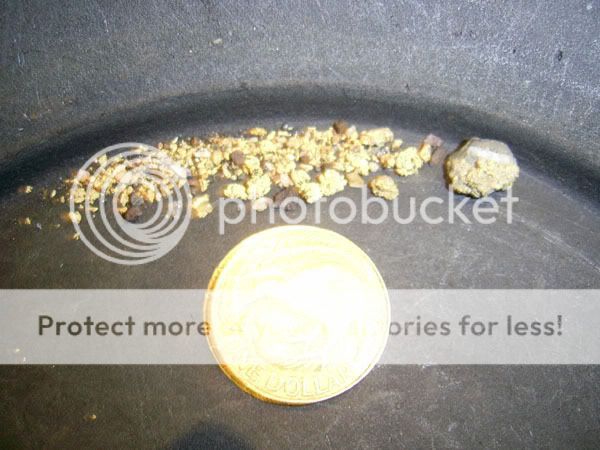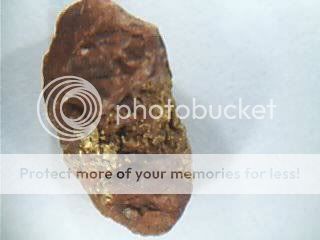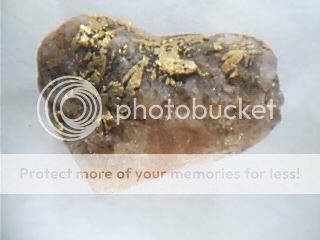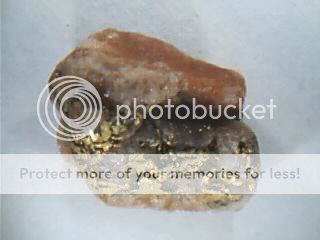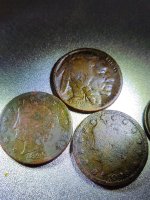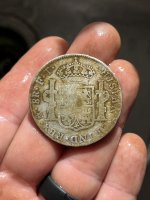baggerman
Jr. Member
I don't post here often but read quite a bit. I just got back from 3 days of sluicing (about a 3' sluice) for the first time in my life and have a few questions.
1) I classified my material to 1/4" before running it through the sluice but it still seems like I have quite a few smaller pebbles. Should the material be classified further or is this about right?
2) How much should I feed the sluice? I never let the material get above the first 1 or 2 aluminum riffels.
3) How often should I clean the sluice out into my bucket?
4) What is the best way to get the real fine flour out of the black sand?
I panned out a handfull from the first sluice cleaning and got quite a bit of black sand and a few very small specks of color. I now have about 1/3 of a 5 gallon bucket to go through.
1) I classified my material to 1/4" before running it through the sluice but it still seems like I have quite a few smaller pebbles. Should the material be classified further or is this about right?
2) How much should I feed the sluice? I never let the material get above the first 1 or 2 aluminum riffels.
3) How often should I clean the sluice out into my bucket?
4) What is the best way to get the real fine flour out of the black sand?
I panned out a handfull from the first sluice cleaning and got quite a bit of black sand and a few very small specks of color. I now have about 1/3 of a 5 gallon bucket to go through.



 6 gal/min pump is not a sluice--thats a highbanker and NOT ENOUGH WATER TO DO SQUAT WITH!!
6 gal/min pump is not a sluice--thats a highbanker and NOT ENOUGH WATER TO DO SQUAT WITH!!  John
John

